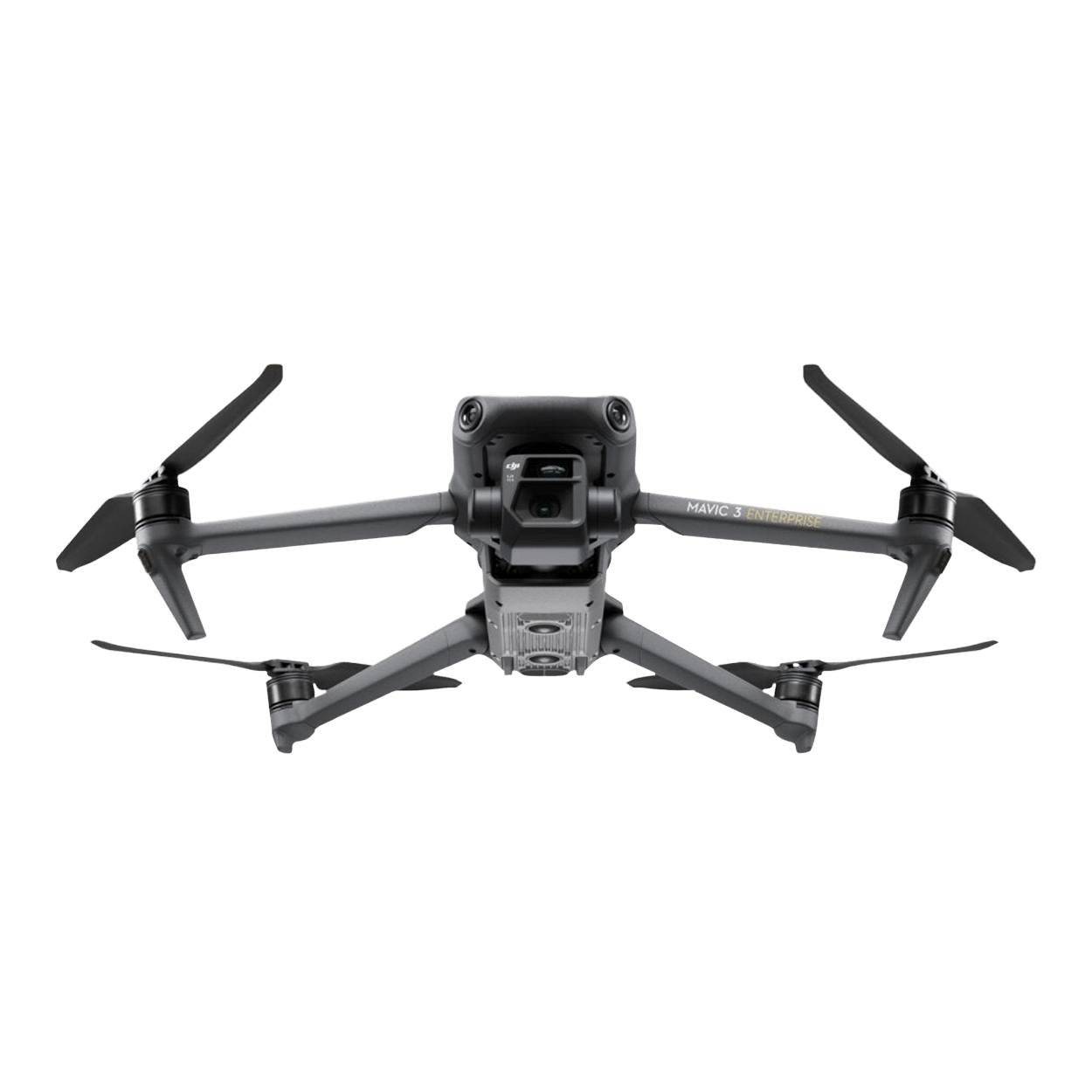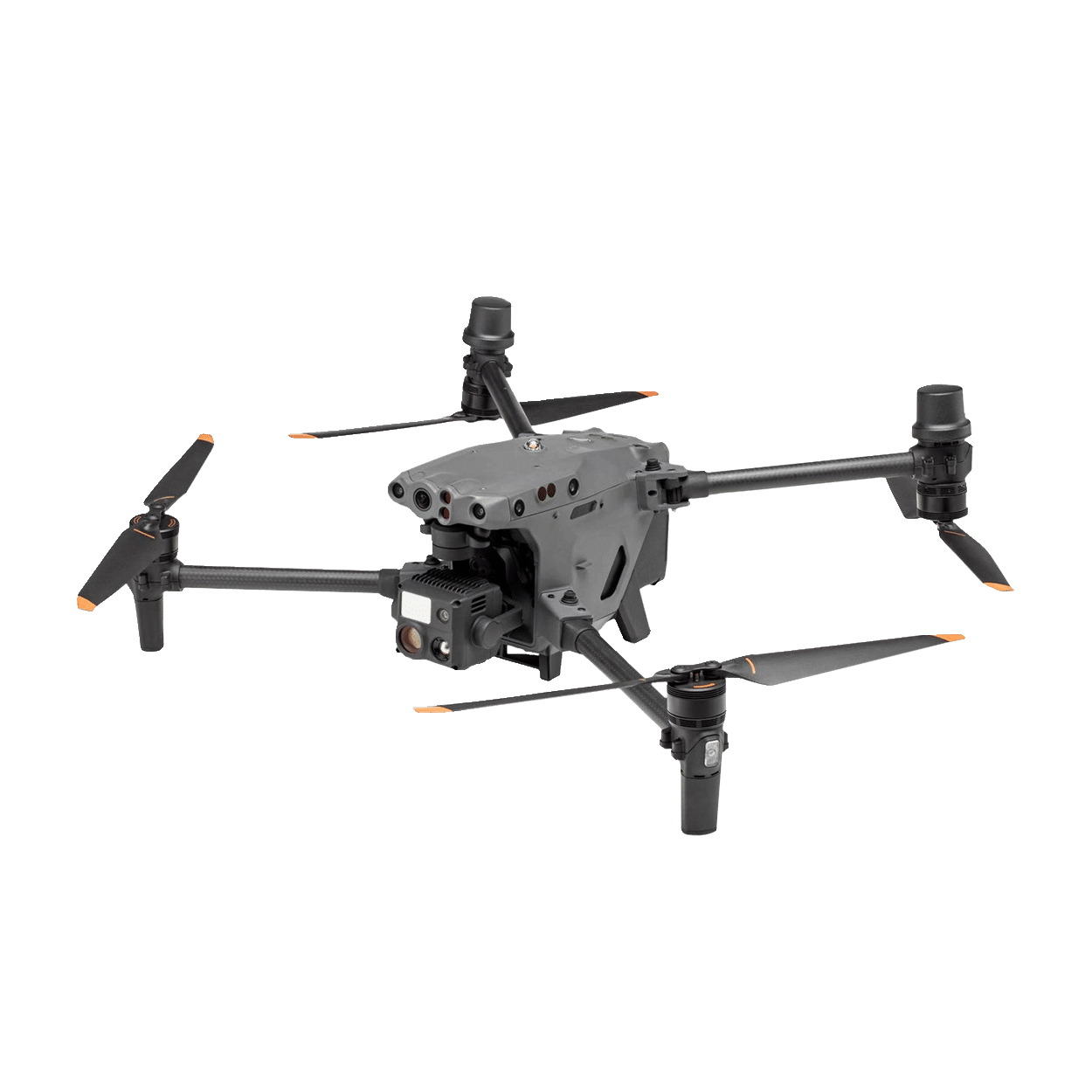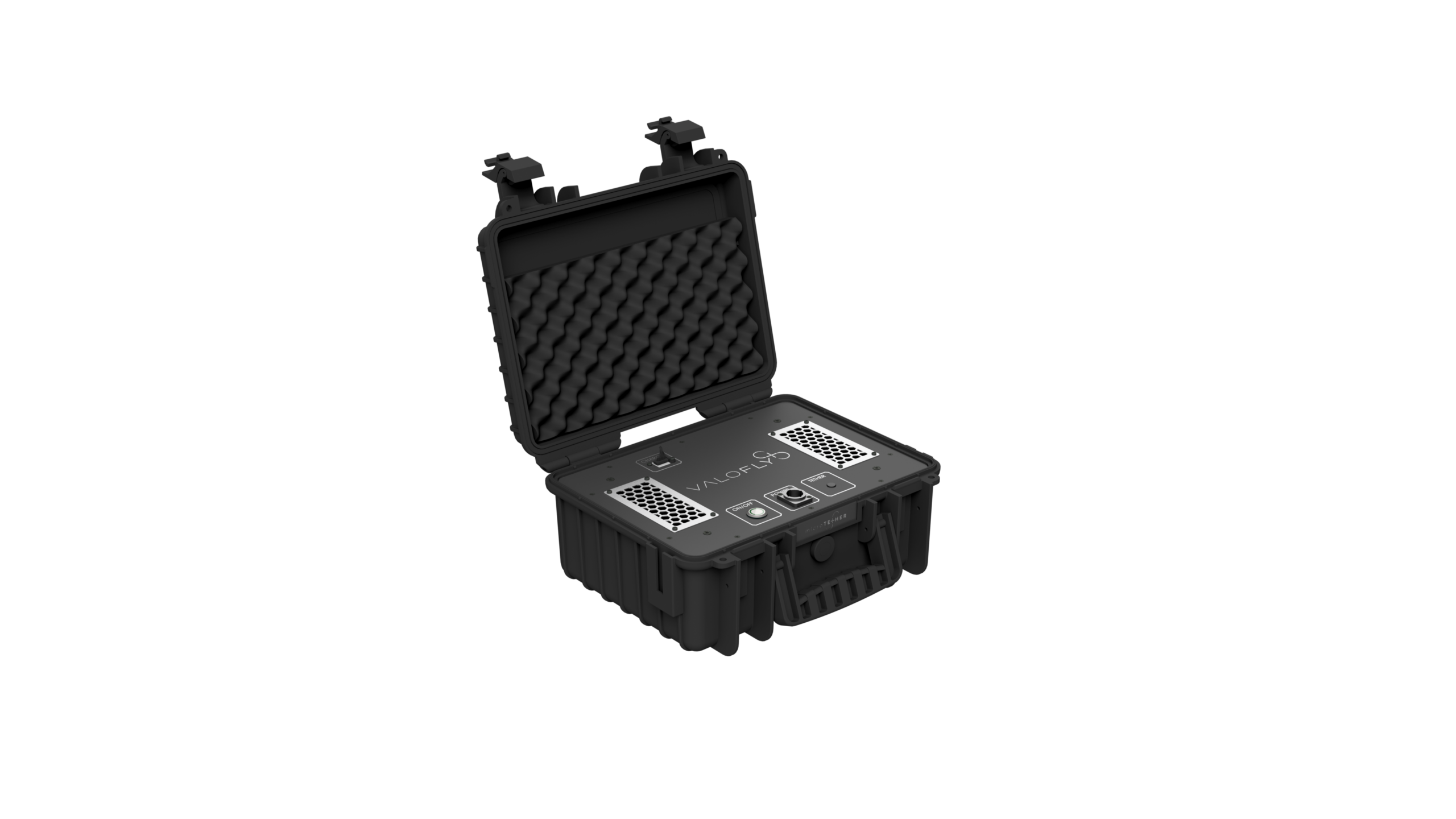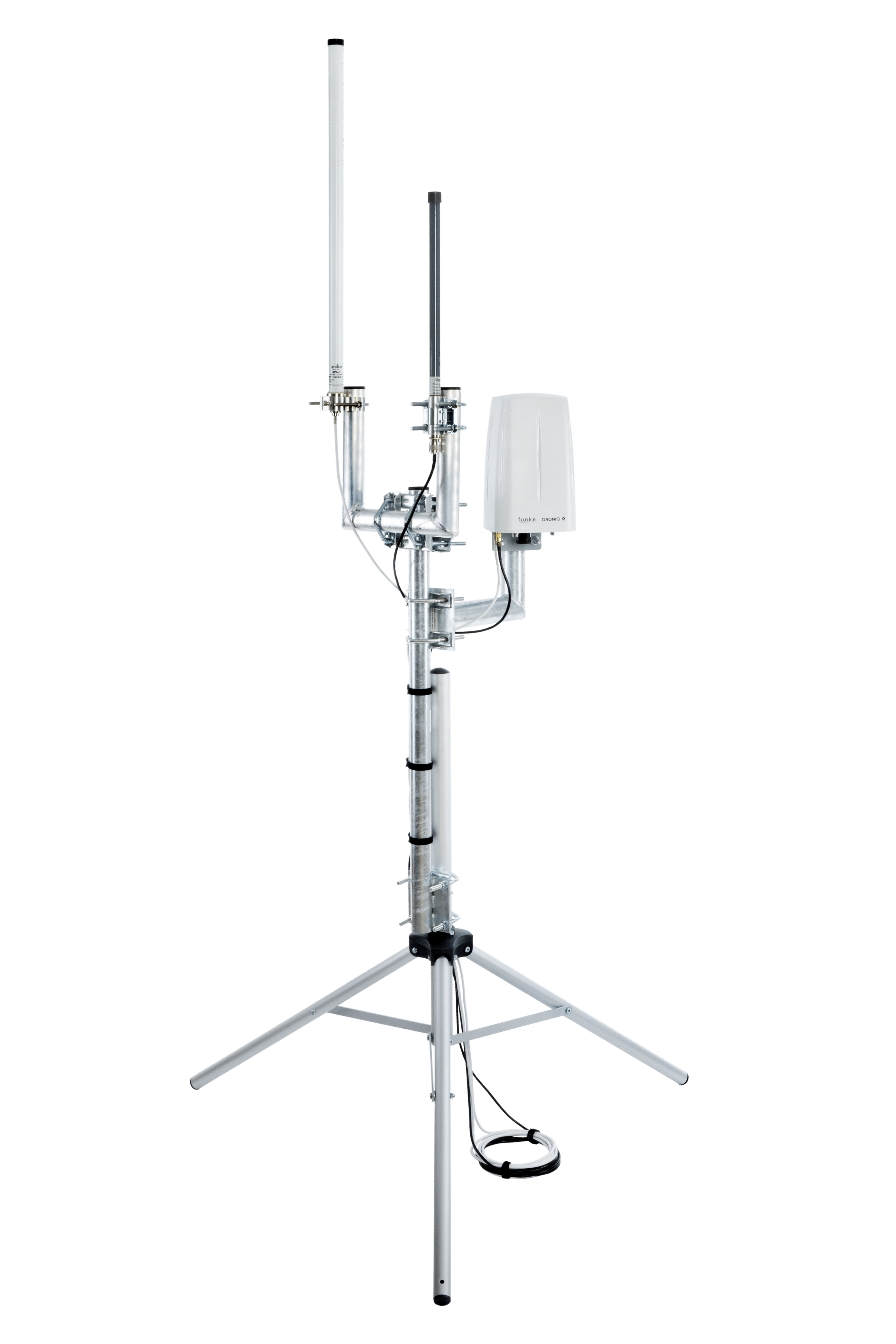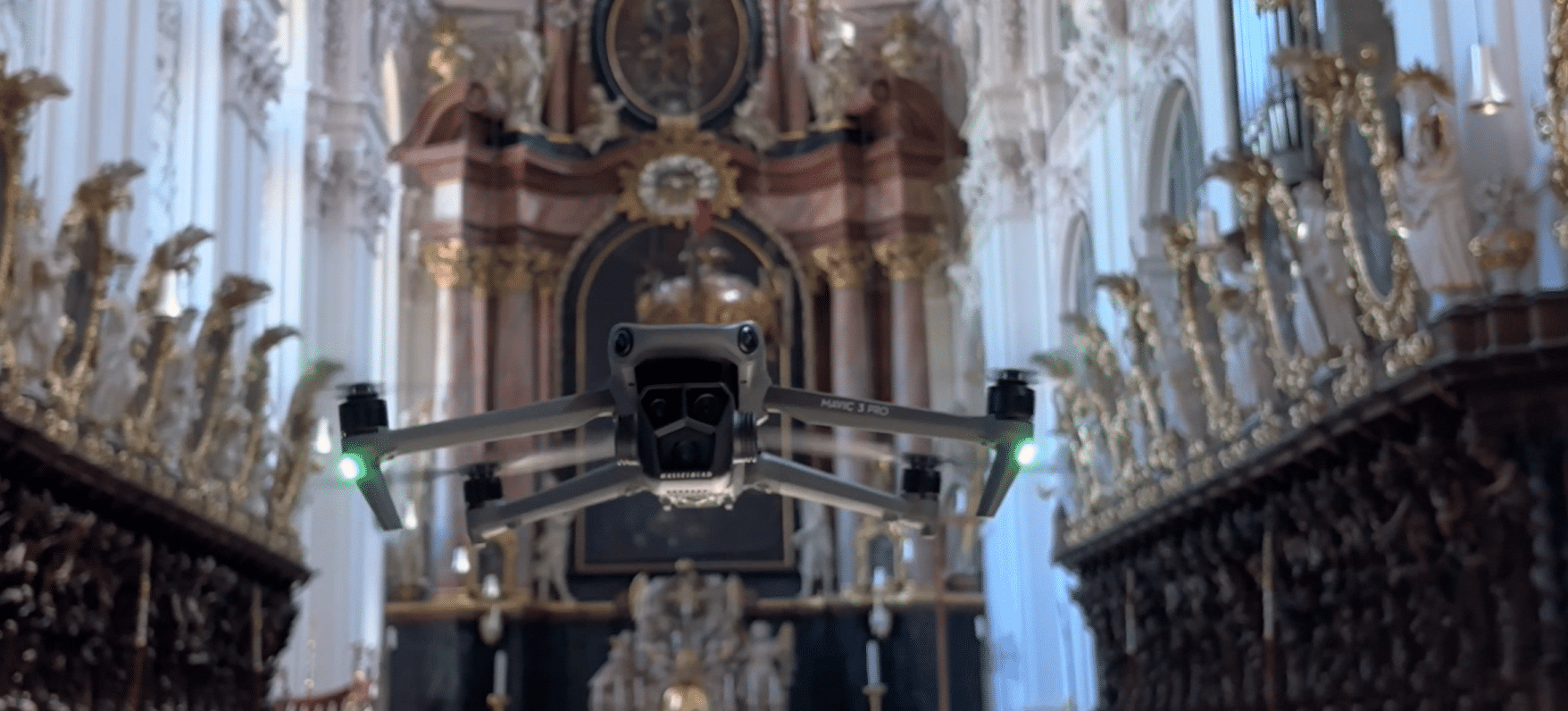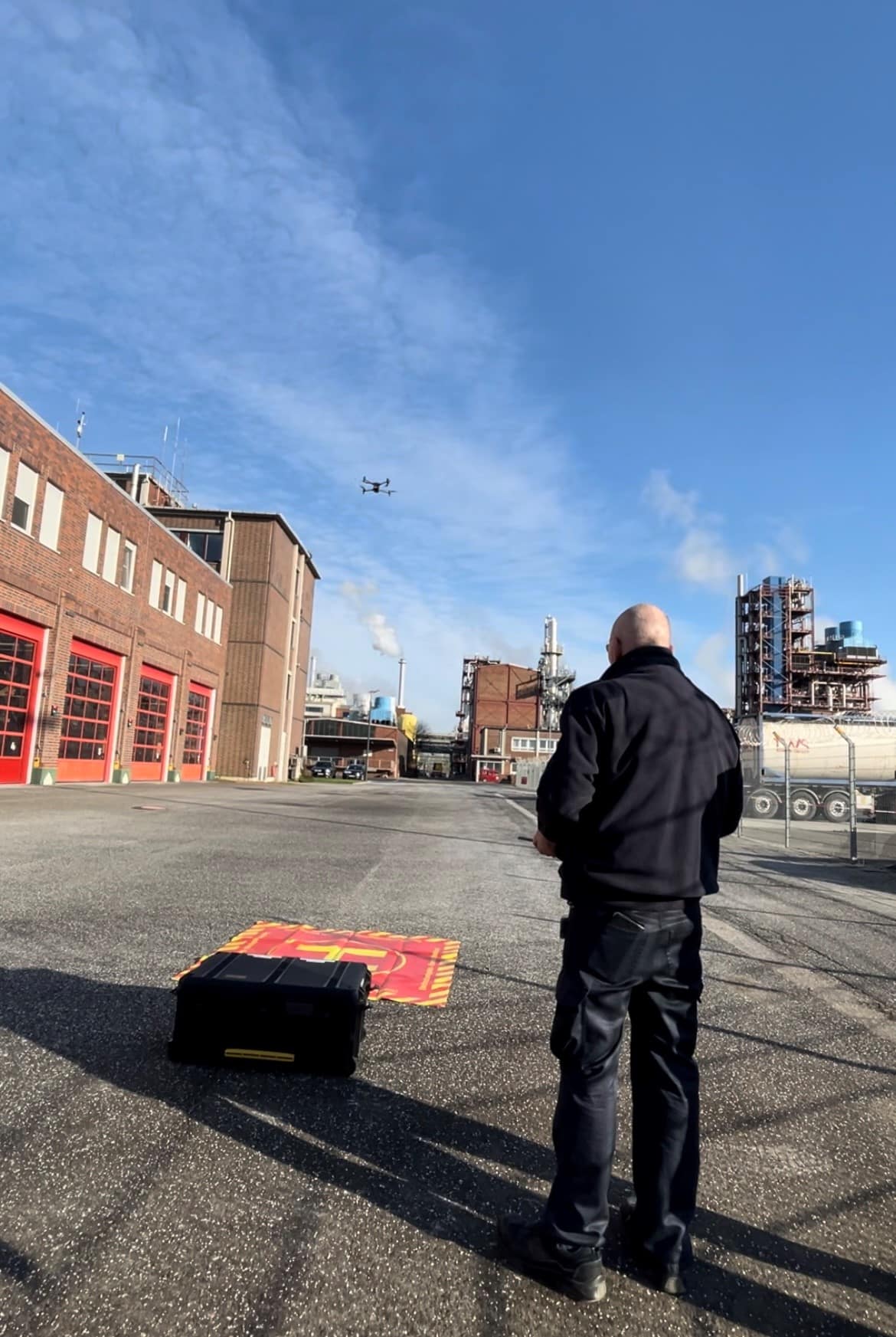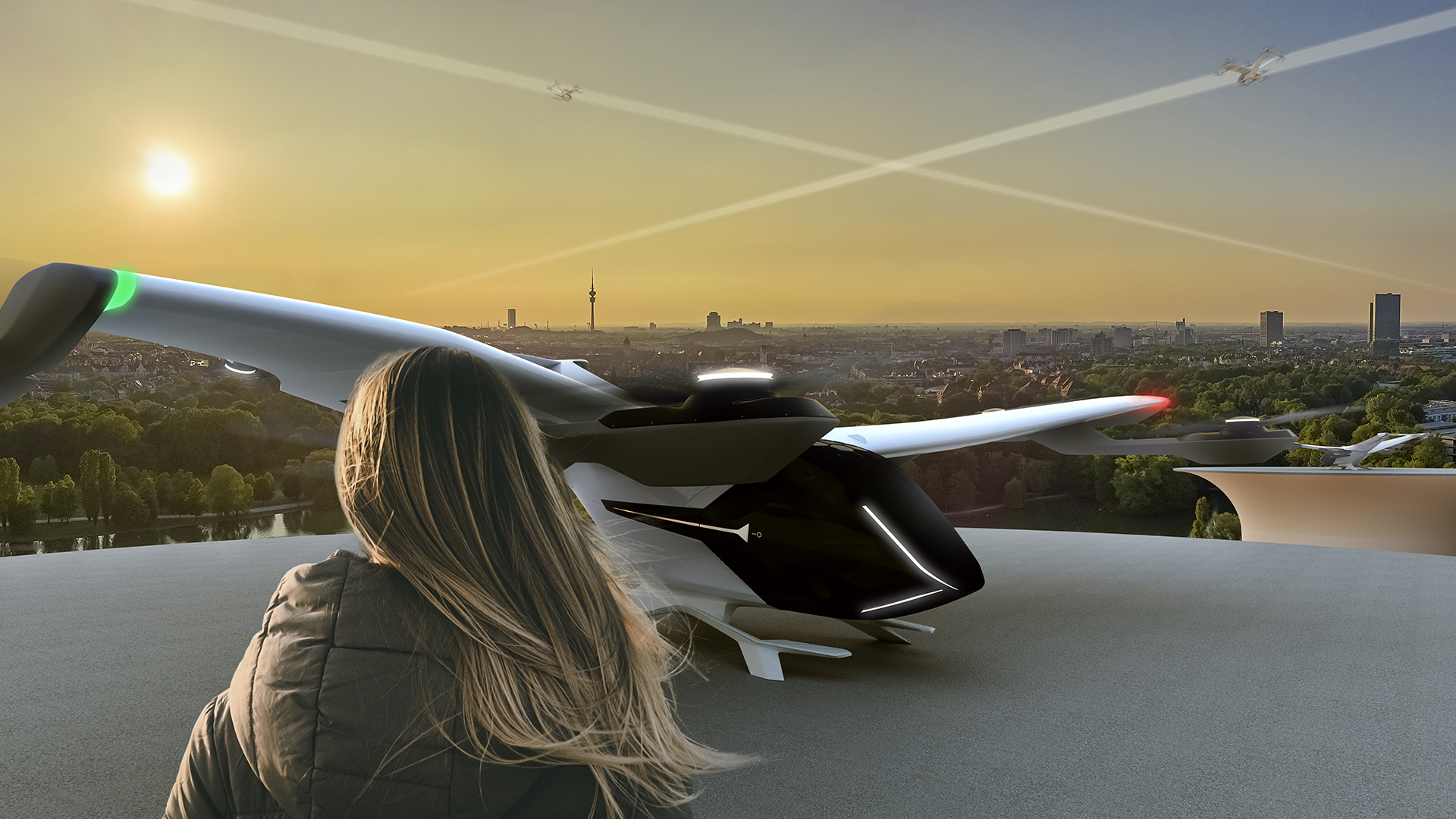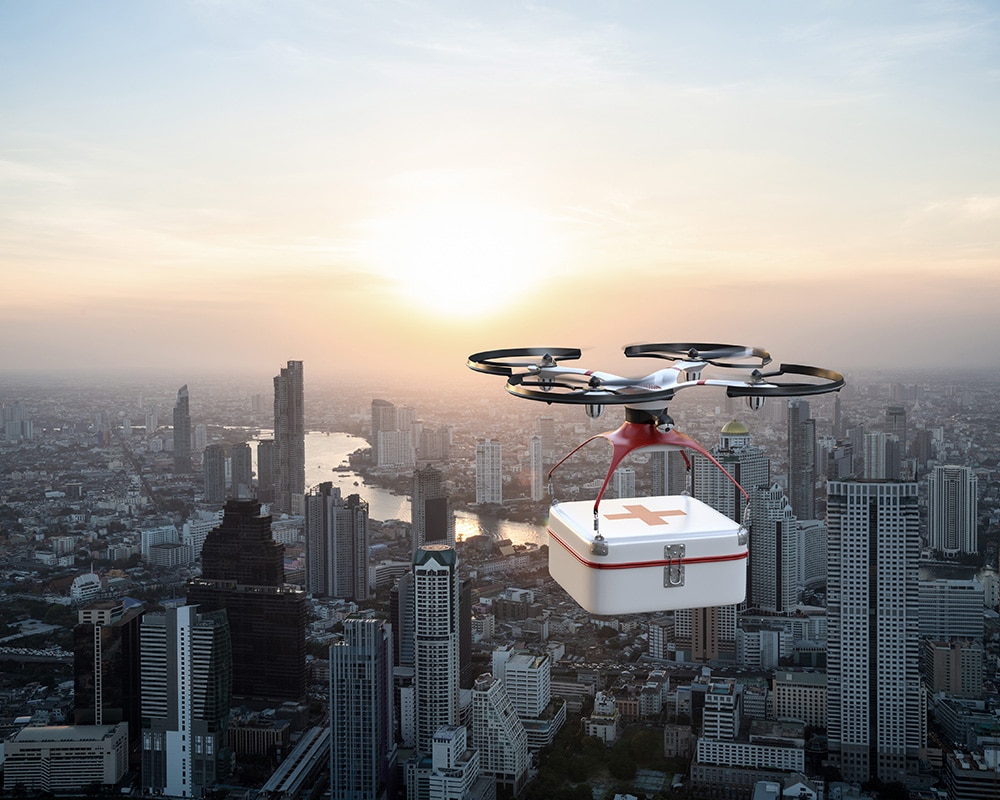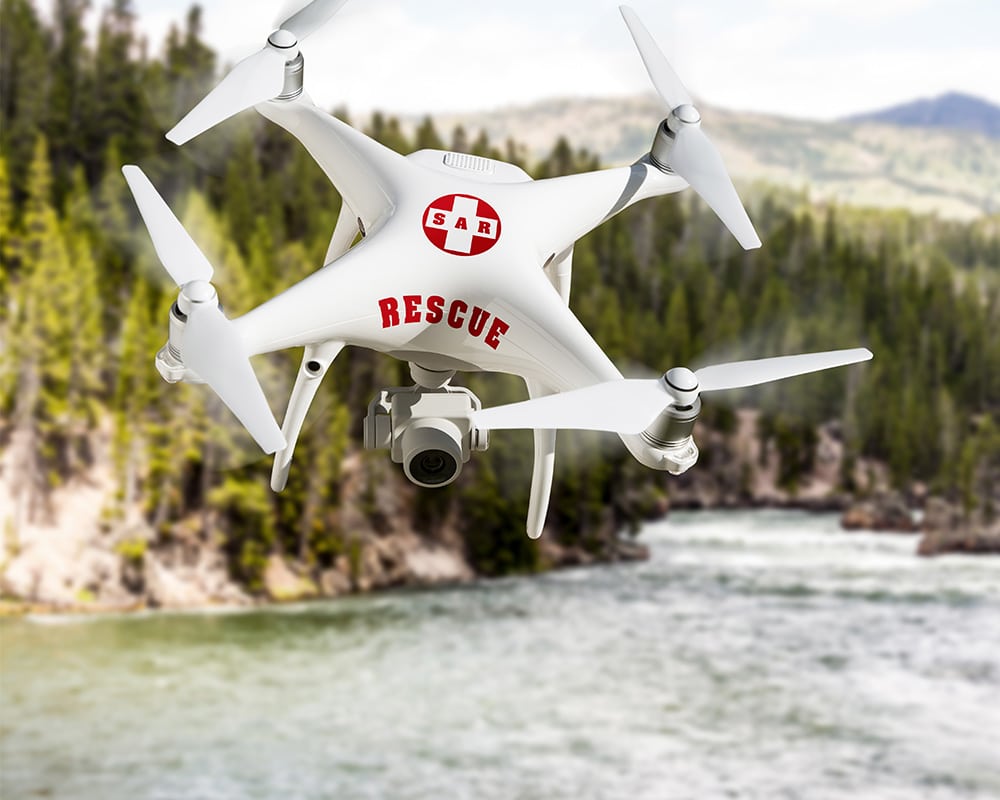The goal
When a ship is in distress at sea, every minute counts. However, shipwrecked persons can be rescued quickly especially if precise information about the location and operational situation at the scene of the accident is available. Conventional distress messages, however, often do not contain all the details required for efficient deployment of sea rescue teams. Rapid localization from the air is therefore a crucial advance. As part of the LARUS project, an unmanned fixed-wing aircraft with a wingspan of 3.6 meters was further developed to meet the requirements of sea rescue services and enhanced with a wide range of communication and sensor components.

The implementation
Off the coast between Rügen and Usedom, LARUS integrated a drone into a scenario for the search and rescue of people in distress for the first time in the German maritime areas. The mission scenario consisted of tracking down a dummy in the Baltic Sea. The drone quickly found the object, transmitted the data to the sea rescue cruiser "Berthold Beitz" as well as to the Bremen sea rescue command, and thus guided the sea rescuers safely to the "shipwrecked person". The LARUS drone has its own modified transponder with which it can locate tracking transmitters, such as those used in modern life jackets. In total, the system flew more than 1,220 km in the final phase of the project - a large part of which it covered beyond the visibility of the ground station at altitudes of up to 760 meters.

Our contribution
Droniq provided the UTM (UAS Traffic Management System) service to display the air situation. For this purpose, the fixed-wing aircraft was equipped by Hanseatic Aviation Solutions with a HOD4track, a small LTE module with integrated SIM card and GPS receiver. The HOD4track reported the current position of the aircraft to the servers of DFS Deutsche Flugsicherung via the Deutsche Telekom mobile network. From there, the current air situation picture was made available to the pilot and the other project partners in a web-based manner. The position data of the relevant manned air traffic in the vicinity were also shown in the UTM. Thanks to this combined air situation display, two unauthorized entries into the airspace restricted for the test flight (ED-R) were detected in time and the test flight was aborted accordingly.










